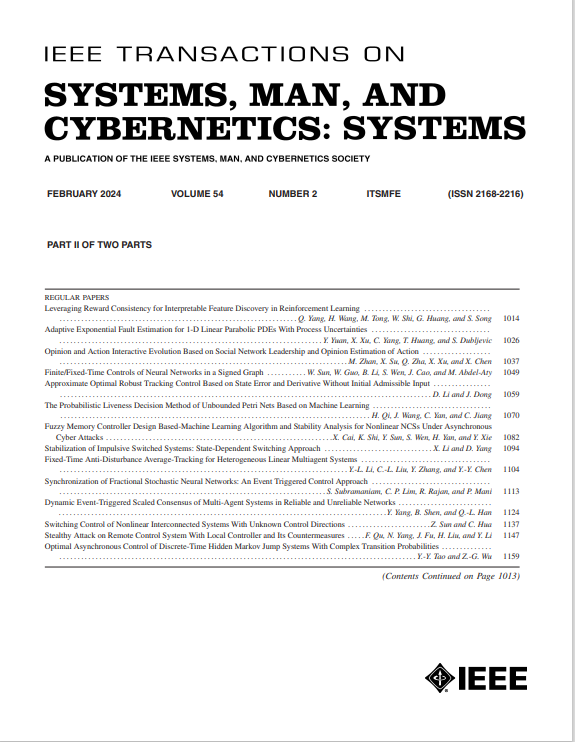航天器早期分析模型:用于航天器行为早期分析的MBSE框架
IF 8.7
1区 计算机科学
Q1 AUTOMATION & CONTROL SYSTEMS
IEEE Transactions on Systems Man Cybernetics-Systems
Pub Date : 2025-07-08
DOI:10.1109/TSMC.2025.3581567
引用次数: 0
摘要
基于模型的系统工程(MBSE)代表了从传统方法到系统工程的转变。MBSE有潜力在系统工程项目中促进一致性、沟通、清晰度和可维护性。MBSE还具有解决系统工程过程中一个众所周知的问题的潜力——错误或设计错误的后期发现。本文详细介绍了“航天器早期分析模型”(SEAM)的发展过程,并给出了目前的版本。SEAM是由作者开发的一个基于模型的框架,用于在初步设计期间定义、执行和分析航天器的结构和行为。SEAM包括多个模块(项目、需求、任务、系统、操作),这些模块能够定义航天器及其支持系统,并使每个模块能够独立更新。SEAM结合了一种新的行为模式,该模式使用状态机和活动来构建航天器的模式和功能。使用这种模式,行为本身没有规定,这在类似的基于模型的航天器表示中很常见。用户定义单个功能和模式,然后用户根据操作概念(ConOps)模拟航天器的行为。本文介绍和讨论了SEAM的需求、开发方法、SEAM的组成以及SEAM的局限性。本文章由计算机程序翻译,如有差异,请以英文原文为准。
The Spacecraft Early Analysis Model: An MBSE Framework for Early Analysis of Spacecraft Behavior
Model-based systems engineering (MBSE) represents a move away from the traditional approach to systems engineering. MBSE has the potential to promote consistency, communication, clarity and maintainability within systems engineering projects. MBSE also has the potential to address one of the well-known issues of the systems engineering process—the late discovery of errors or design faults. In this article, the development of the “Spacecraft early analysis model” (SEAM) is detailed and the current version is presented. The SEAM is a model-based framework developed by the authors to define, execute and analyze spacecraft structure and behavior during preliminary design. The SEAM comprises multiple modules (Project, Requirements, Mission, System, Operations) that enable the definition of the spacecraft and its supporting systems, and enables each to be updated independently. The SEAM incorporates a novel behavioral pattern that structures the modes and functions of the spacecraft using state machines and activities. Using this pattern, the behavior itself is not prescribed, as is common in similar model-based representations of spacecraft. The user defines individual functions and modes, and the user then simulates the behavior of the spacecraft in response to a concept of operations (ConOps). In this article, the need for the SEAM, the development approach, the SEAM composition and the limitations of the SEAM are presented and discussed.
求助全文
通过发布文献求助,成功后即可免费获取论文全文。
去求助
来源期刊

IEEE Transactions on Systems Man Cybernetics-Systems
AUTOMATION & CONTROL SYSTEMS-COMPUTER SCIENCE, CYBERNETICS
CiteScore
18.50
自引率
11.50%
发文量
812
审稿时长
6 months
期刊介绍:
The IEEE Transactions on Systems, Man, and Cybernetics: Systems encompasses the fields of systems engineering, covering issue formulation, analysis, and modeling throughout the systems engineering lifecycle phases. It addresses decision-making, issue interpretation, systems management, processes, and various methods such as optimization, modeling, and simulation in the development and deployment of large systems.
 求助内容:
求助内容: 应助结果提醒方式:
应助结果提醒方式:


